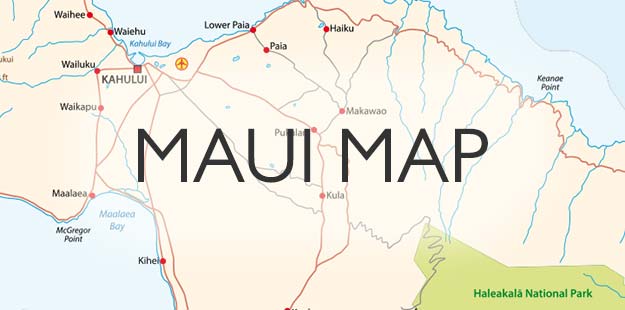Facts About Humpback Whales In Hawaii
You know it’s a special time when Maui locals get excited for seasons to change. We’re moving from Summer to Whale Season. Yeah, we really only have 2 seasons. Whale season is also sometimes called wave season, but having the whales here is a treat for more than just surfers.
To celebrate their arrival back to Hawaii (mostly in December), Id like to share some favorite whale facts with you.

Hawaii Humpback Whale Facts
- Humpback whales, as they journey through vast ocean expanses, often serve as unwitting hosts to barnacles and sucker fish, including remoras. However, contrary to common belief, these organisms do not feed directly off the whales themselves. Instead, they hitch a ride on the massive creatures, and as the whales traverse the seas, these smaller critters sustain themselves by feasting on various microorganisms present in the surrounding waters, benefitting from their host’s mobility.
- Humpback whales have a unique method of resting wherein their brain’s one hemisphere is in a relaxed state while the other half is still active. This allows the mammals to continue controlling bodily functions and maintain a certain level of alertness.
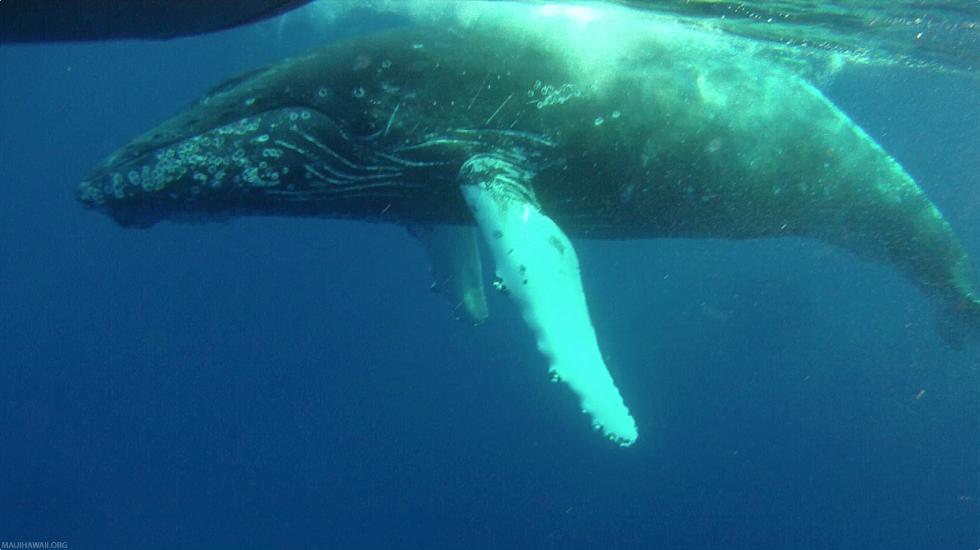
- These incredible creatures have numerous distinctive, knobby protrusions on their heads, known as tubercles. During the whaling era, they were sometimes referred to as “stove bolts.” Each of these tubercles features a single hair follicle emerging from it, potentially aiding in detecting movement and sound vibrations in their surroundings.
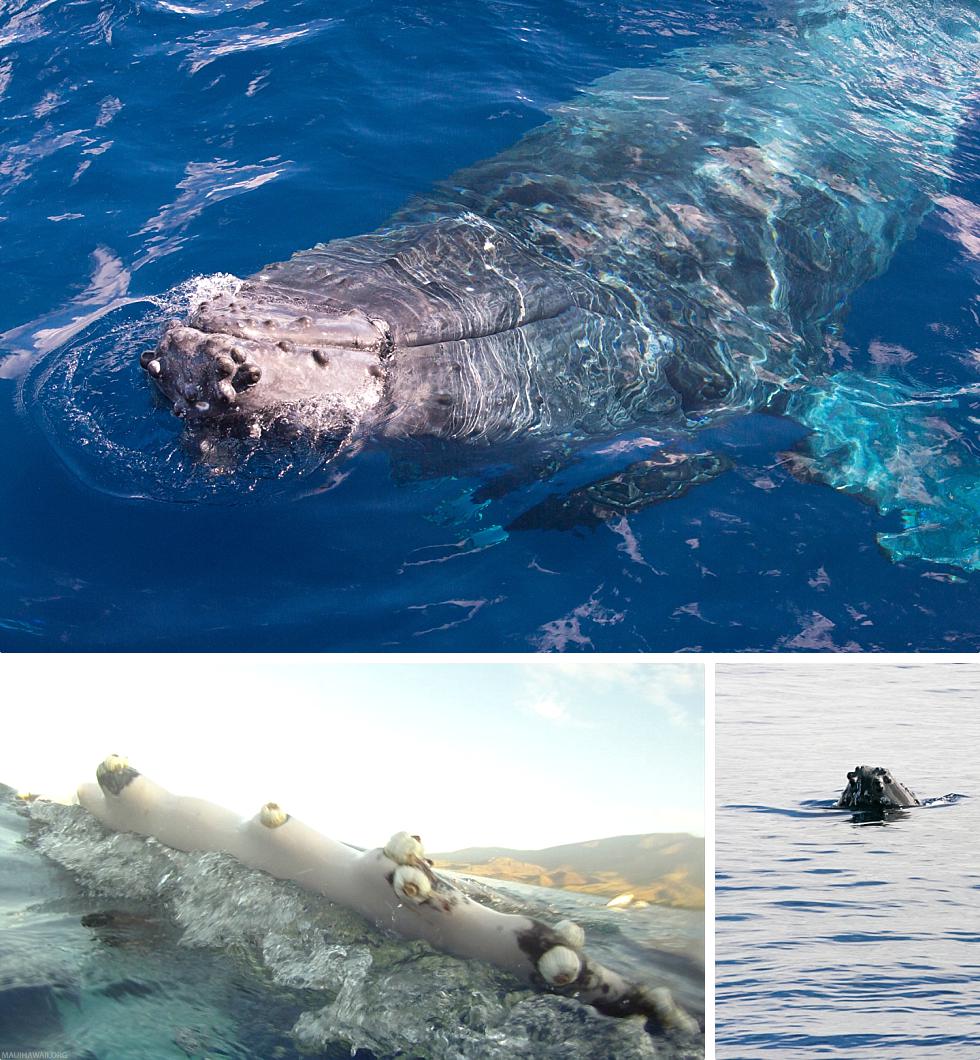
- Despite toothed whales and dolphins employing echolocation – a technique involving the emission of high-frequency sounds that bounce off objects and return as an echo – to navigate and identify objects beneath the water’s surface, baleen whales such as the humpback lack this ability. Instead, they rely on other senses and methods to explore their underwater environment, showcasing their remarkable adaptability and diversity in communication and sensing strategies.
- The tongue of an adult humpback whale is an impressive organ, weighing over a staggering 2,000 pounds. Despite its enormous size, the primary function of the tongue is to assist the whale in ingesting food rather than manipulating it, as evidenced by the lack of substantial muscle structure. Consequently, the humpback’s tongue is unable to extend beyond the confines of its mouth.
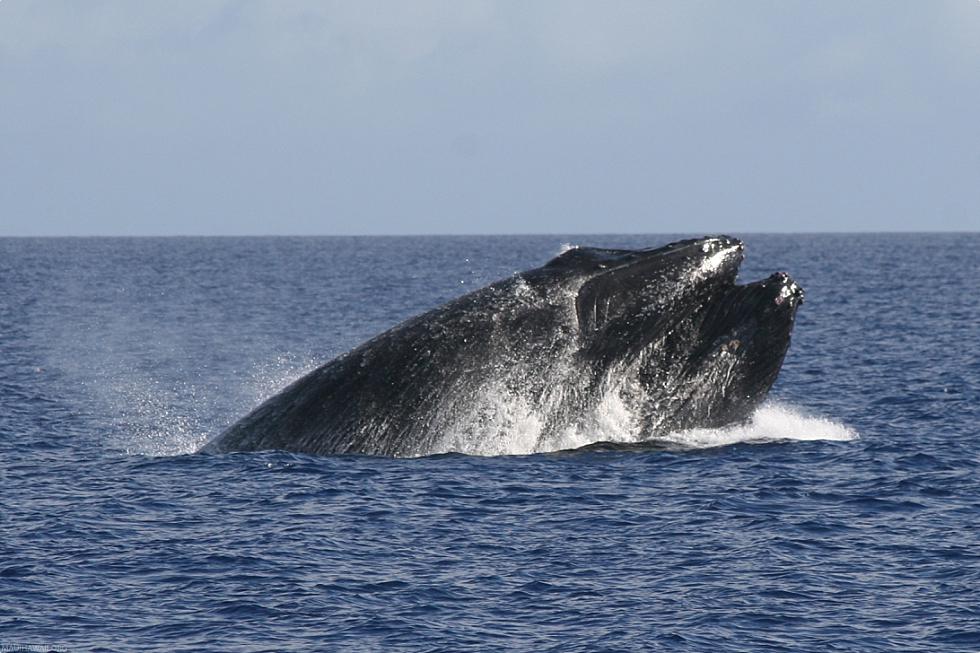
- In an intriguing display, when a humpback whale excretes waste, it produces an immense cloud of a yellowish-brown substance that rapidly disperses in the ocean currents. This captivating phenomenon is rarely observed in the waters surrounding Hawaii, as the whales instinctively refrain from feeding in this region.
Humpback Whale Activity in Hawaii
- The reasons behind the humpback whales’ annual pilgrimage to the warm Hawaiian waters during their breeding and birthing seasons remain somewhat elusive to scientists. A prevailing theory suggests that the relatively minimal presence of formidable predators, such as orca whales and sizable open-ocean sharks, in tropical coastal waters may provide a safer environment for vulnerable newborn calves, shielding them from potential predation. This enhanced level of protection could explain why humpback whales are drawn to these particular locations during such critical stages of their life cycle.
- Towards the culmination of their initial summer feeding phase in Alaska, female humpback whales initiate the weaning process for their calves. This is a crucial step in preparation for their impending journey back to their winter habitats.
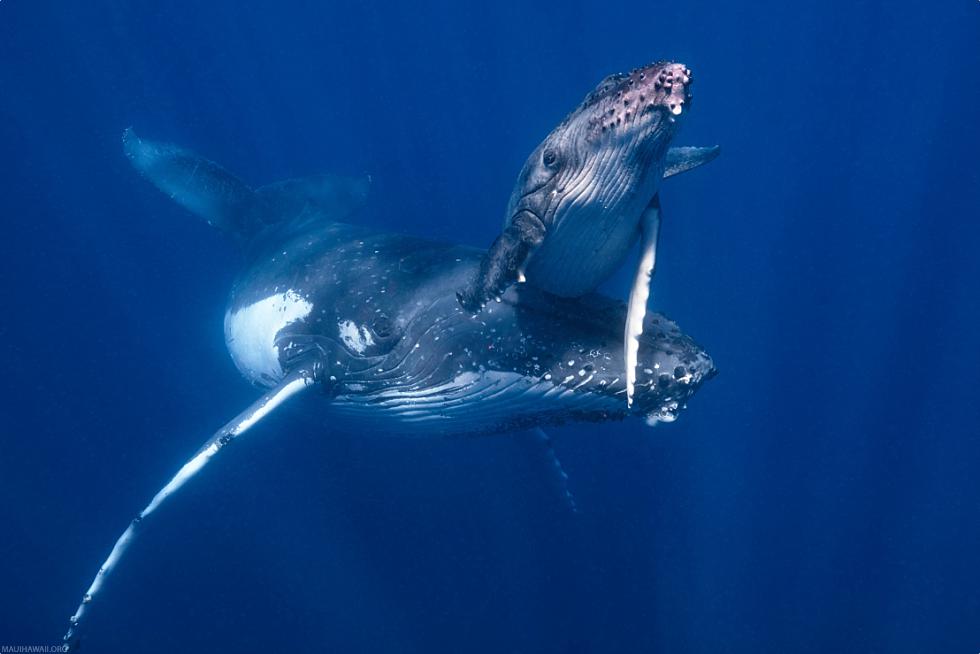
- Rather than possessing functional teeth, humpback whales have an impressive adaptation for feeding. They are equipped with a remarkable array of 300 to 400 baleen plates, which are suspended from their upper jaw. These specialized plates enable them to effectively filter and separate their prey, including krill and small fish, from the vast expanse of the ocean.
- Humpback whales, as with all mammals, rely on freshwater for survival. They obtain this vital resource through their diet, primarily by consuming fish and metabolizing their own fat reserves. Although humpback whales do not deliberately drink seawater, some will inevitably enter their system as they feed.
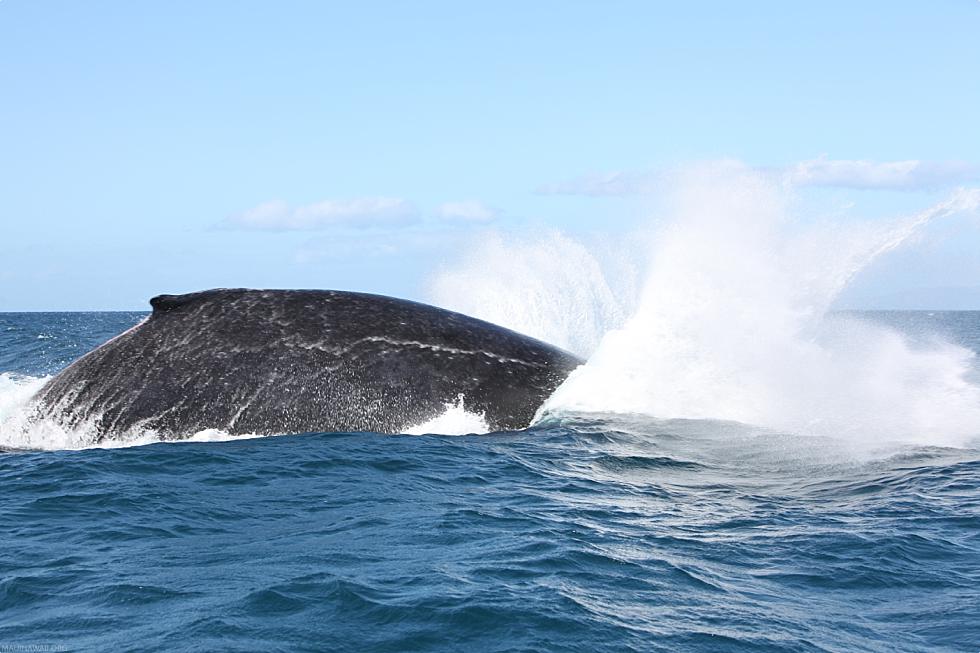
- In Hawaiian waters, humpback whales can often be witnessed sharing their natural habitat with smaller cetaceans, such as dolphins and toothed whales. These smaller marine mammals tend to engage in an activity known as bow-riding, wherein they effortlessly glide alongside the humpbacks’ heads when they come up for air. Although this spectacle may seem fascinating, it seemingly perturbs the larger whales.
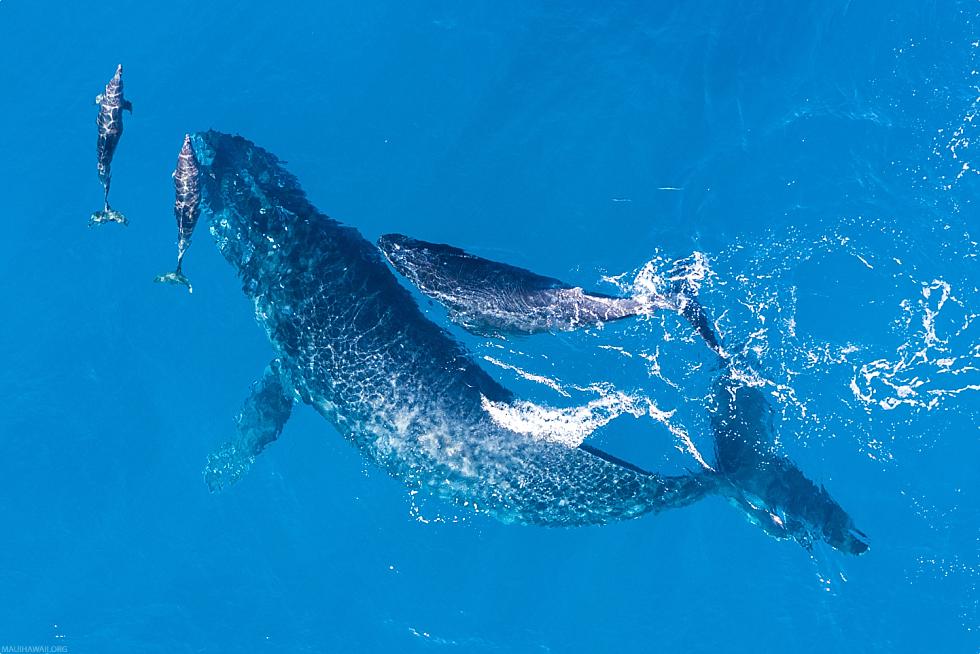
Humpback Whale Breeding Behavior
- Throughout the breeding season, humpback whales communicate by singing intricate songs, which exhibit subtle yet noticeable variations as the season progresses. Interestingly, when these majestic creatures return to the breeding grounds the subsequent year, they commence their vocalizations incorporating the modifications developed during the prior season, demonstrating their capacity for cultural transmission and long-term memory.
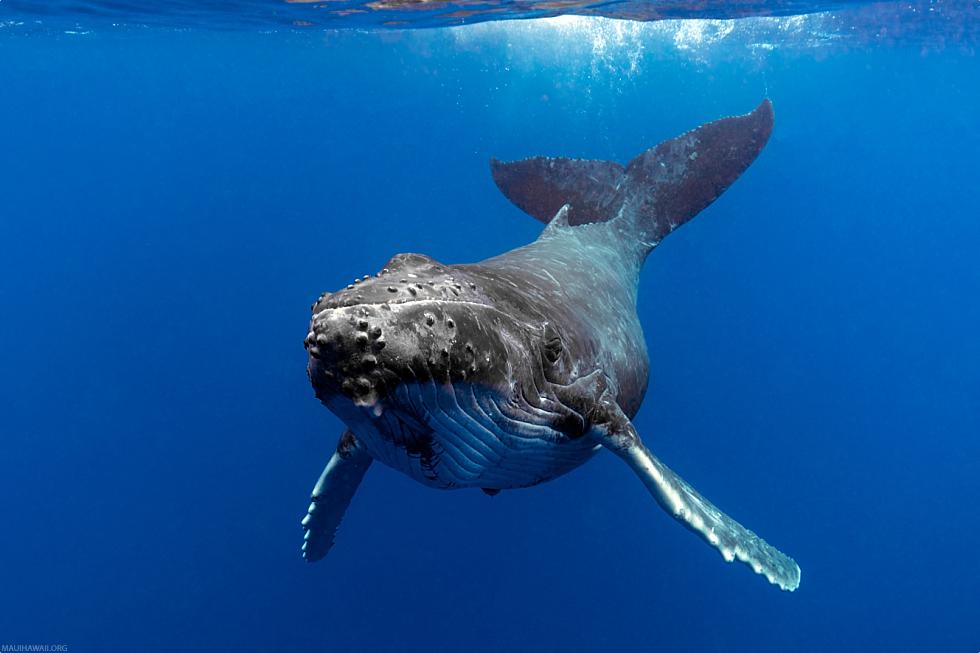
- A section of the humpback whales’ breeding ground in Hawaii falls within the protected boundaries of the Hawaiian Islands Humpback Whale National Marine Sanctuary. This designated area facilitates collaborative efforts between federal and state agencies as well as nonprofit organizations like the Pacific Whale Foundation. The key focus of these joint endeavors is to raise public awareness about the conservation status and recovery of the magnificent humpback whale.
- Newly birthed humpback whale calves are nurtured in close proximity to their mothers. Intriguingly, mother whales with their newborn offspring tend to keep their distance from other nursing pairs. This behavior is believed to be a protective strategy to prevent accidentally feeding precious, nutrient-rich milk to the calves of other mothers. By doing so, they can ensure that their own offspring receive the necessary sustenance and support for the best possible start to life.
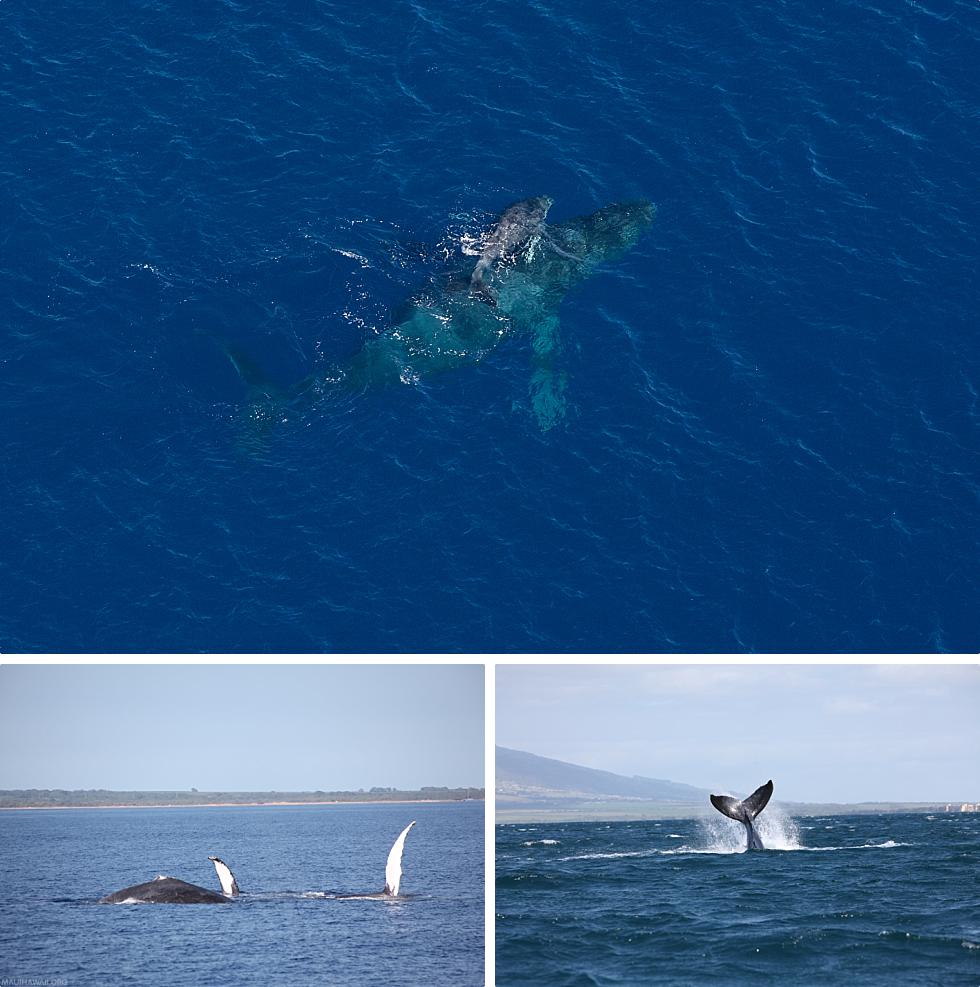
- The humpback males possess a retractable penis, which usually remains within their body cavity. When extended to its full capacity, the organ measures an impressive eight feet.
- Female humpback whales have the ability to ovulate multiple times during mating season. However, not all reproductively mature females experience estrus simultaneously. Instead, only a certain percentage of them will be in heat at any given moment during this time, ensuring diversity and staggering reproduction within the population.
More Hawaii Humpback Whale Facts
- In Hawaiian waters, humpback whales undergo a fasting period due to the scarcity of substantial schools of prey. During this time, they rely on their blubber reserves for sustenance and may experience up to a 20 percent reduction in their overall body mass throughout the winter season.
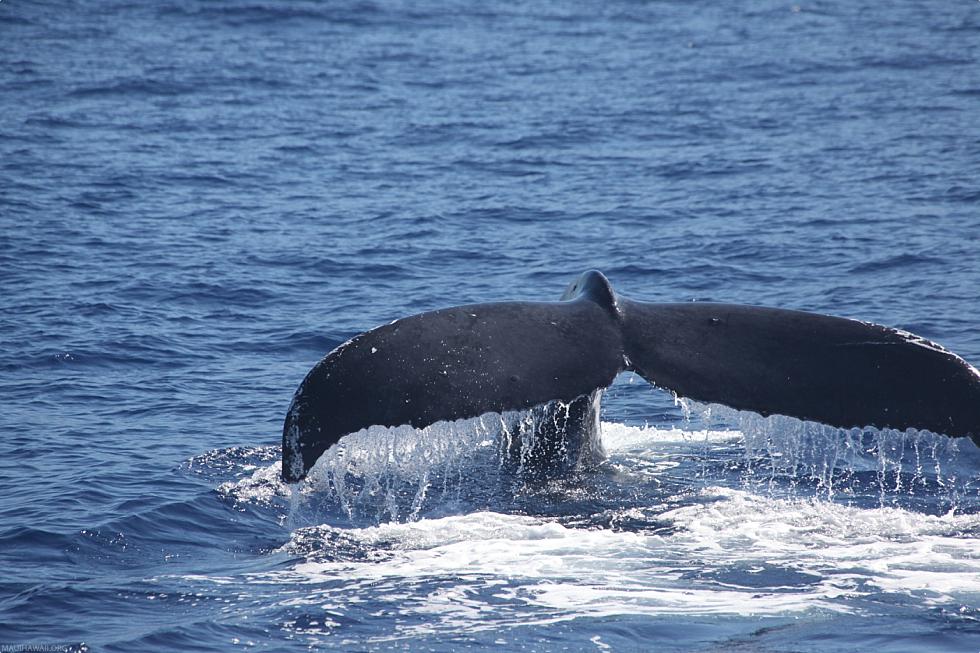
- The exceptional ability of humpback whales to hold their breath for extended periods can be attributed to the high levels of hemoglobin in their blood, which serves as a reservoir for oxygen storage and provides their blood with an enhanced capacity to transport oxygen.
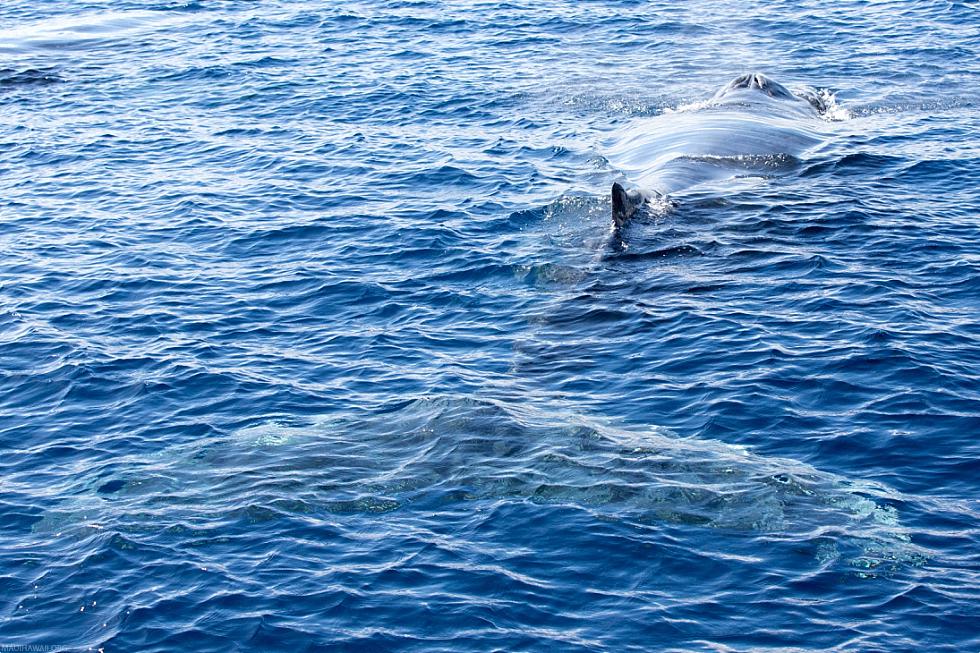
- Young humpback whales, irrespective of gender, are often observed following seasoned females to acquire essential migratory knowledge, enabling them to navigate seamlessly between their feeding and breeding grounds. These juvenile whales commonly form compact cohorts, comprising two or three members, during their migratory journeys.
- Humpback whales face the constant threat of predation from both sharks and orcas (also known as killer whales). The Pacific Whale Foundation‘s research data has evidenced occurrences of orca attacks targeting vulnerable humpback calves in proximity to both their feeding and breeding areas, highlighting the looming perils these majestic creatures confront throughout their life cycle.
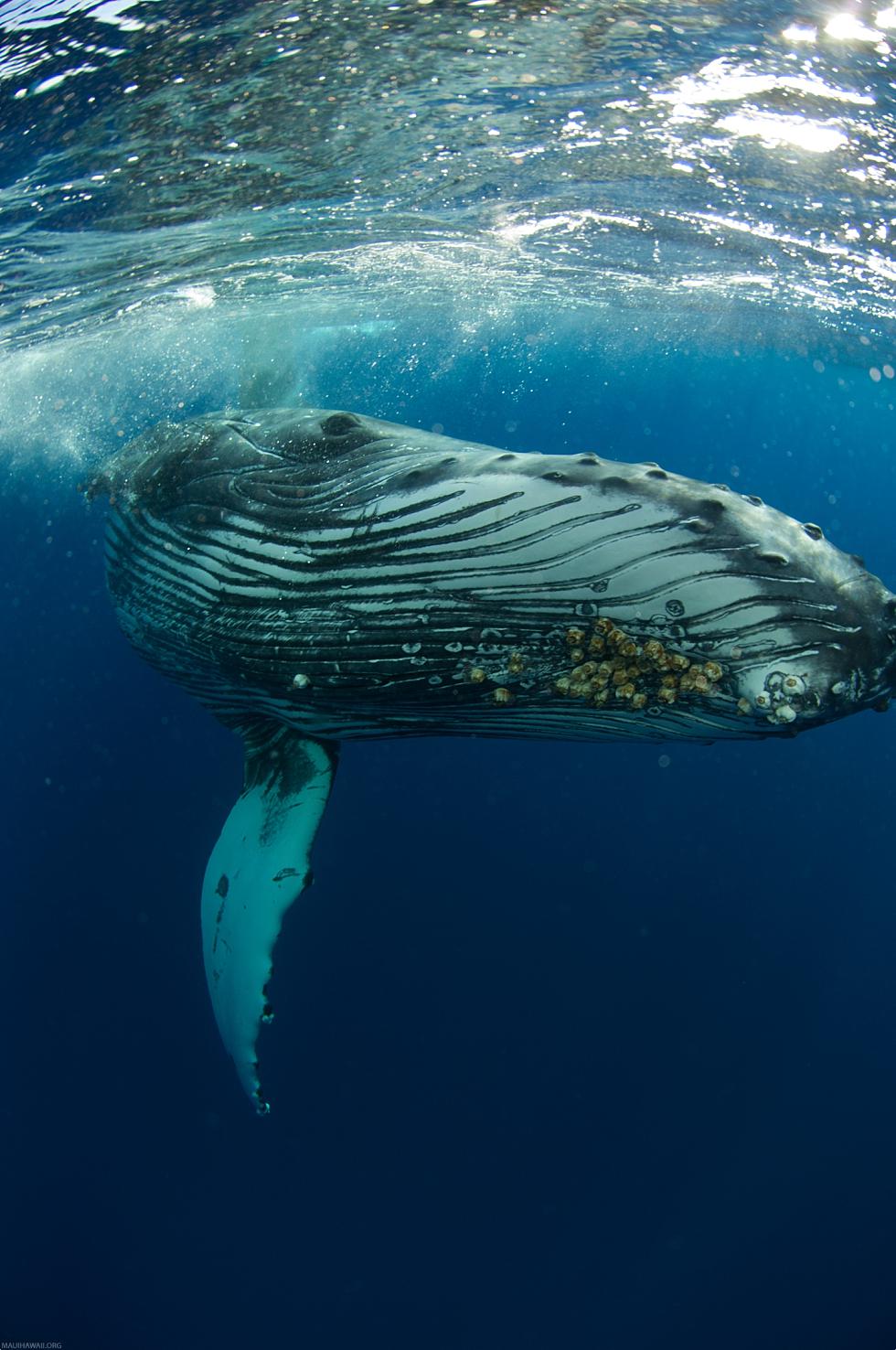
Now, if that doesn’t pique your interest in these incredible creatures, I don’t know what will! I love our humpback whales, and I can’t wait to go on as many Maui whale watches as I can get on! Mahalo!






